|
Now that many classes are going 100% virtual, I have been spending a lot of time thinking about how to create a group-worthy task that requires participation from every student in an online space. There are some pretty great digital breakouts out there but I felt like they were still lacking the collaboration that I loved in physical activities. This is my attempt to recreate that collaborative experience in a task that could work just as well online. The general concept is that a group of four would have a unique google form for each student. The form is a series of "doors" that must be unlocked. Some of the tasks can be solved individually, but most of them require information from one of the other forms. I'm envisioning that this will force collaboration in a digital space and make it into a truly groupworthy experience. Content Covered
Update: There is now a Virtual Escape Room for Circuits/Electricity! Just in case you and your students are hungry more :) Quick Start GuideIf you want to dive in right away, here's a quick description of what this task entails:
If you want to try out the task first (highly encouraged), check out the teacher link below for a google site that displays forms for all 3-4 players on one screen. Clue WalkthroughEach of the "doors" that students need to make it through have a topic that is highlighted. Some questions are standalone while others require interaction with other players to obtain all of the information Door #1 - Constant/Average VelocityYour journey starts small with motion that is steady Rearrange if needed and calculate when ready The first problem that students face is a simple constant velocity problem that they have all of the required information for. The intent is that this gets students familiar with the concept of "unlocking doors" with the google form and data validation Door #2 - Kinematics Problem SolvingNice work, you made it through door number 1! Let's add acceleration to make things more fun. Here's the trick, starting now, you may not have all you need. Check in with your teammates if you want to succeed. This problem is a little bit more involved because it involves acceleration. Because of this, students will need to find the appropriate kinematic equation to help solve for the unknown. An added twist to this challenge is that the students aren't quite given enough information to solve for what they need. For instance, see the example below... In this problem, students have the initial velocity (0 m/s) and the final velocity (9.6 m/s) and are asked to solve for the time needed to accelerate. Of course, this problem also requires some information about the distance or acceleration in order to calculate. Luckily, someone else has a little fact on their form (see below). This forces collaboration as students work to match up clues and solve their individual kinematics problems Door #3 - Unit Conversion / Dimensional AnalysisYou get to the door and you notice a snake!! You try to sneak by, but it startles awake. It speaks(!) and demands that its length you must measure Before you can pass and move ahead toward your treasure This challenge requires collaboration across the entire team to solve a single problem. Only one player has an answer to submit to unlock the door but everyone has valuable information to help with the problem
Door #4 - Calculating from a Motion GraphYou are given several questions but lack some key information Your graphs are all different, time for team communication If you feel confused or unsure, don't hesitate to ask Your team is there to help so you can all complete this task Calculating information from a motion graph can be fairly challenging for some. This challenge has students be the champion of their assigned graph to provide answers to the questions that others on their team need to solve to unlock to the door. In the example below, these are the three questions that show up on a single players form. Notice that one of them can be solved right away because it is about their graph but the others will require some group communication.
Door #5 - Conceptual Story GraphingPlayer four calls for help on their behalf You have part of a description, but they have the graph In this challenge, three of the players receive one part of a sentence describing the motion of a bug. They need to determine the correct sequence and help the 4th player match the description to both a displacement vs time graph and a velocity vs time graph.
Door #6 - Calculating with Free FallTo calculate for free fall, air resistance isn't real Calculate this solution for Earth (just more ideal) This task is completely individual again and each player has a different question that focuses on one of the more challenging problem solving processes - free fall. Each problem requires students to use the acceleration due to gravity on Earth. Since there is variation on what value is used for g from course to course, the data validation is set to accept a range between g = 9.8 and g = 10. Door #7 - Conceptual Motion GraphsYour clue matches a graph on someone else's door The letters spell a secret word once you know all four Each player receives a different set of 3 graphs that are labeled with a letter. They also have a description that corresponds to a graph that is on a different player's form. The objective is to determine the letters that match up with the different descriptions and assemble them into a four-letter word. Example Problem: V vs T graph representing an object getting slower Door #8 - Graph Matching from an AnimationYou find a bird’s eye view of a car moving on the floor But what do you think that this info might be for? In this problem, one player is given access to a bunch of motion graphs and is asked to select the displacement vs time graph and a velocity vs time graph that match the motion shown in a three part animation. The other three players are each given one portion of the animation and need to determine the proper order and what type of motion is happening in each. Door #9 (Final Door!) - Two Step CalculationYour hallways converge upon the centermost room What treasure awaits? We can only assume You see that there’s a peep hole in this final door So you take a peek inside, but you’re not sure what to look for You notice a ramp with a marble rolling down But your view is really zoomed and you cannot look around To solve this final clue, provide the length of the ramp. Since your field of view is small, team up with others in your camp
The PrizeYou made it to the end and rejoined with your team The motion problems before this were part of a theme The way things move and how they are described Is affected by history and how science is transcribed Back in 1901, gravity was defined By a conference in Paris with a goal to assign A value to the constant that changes with location Even so, this average doesn’t mention deviation. Your final prize is this value, historically declared You will need to report this to it’s good to be prepared Submit this official value as proof that you succeeded Jot it down or screenshot so you’re sure you’ve got what’s needed To make this transferable to other teachers without requiring customization, the prize at the end of the escape room is the in form of a number that can be submitted in a form or as a screenshot. The confirmation screen once a student makes it all the way through and submits can be seen below For a task focused on motion and acceleration, I thought it would be appropriate to make the "standard gravitational acceleration" value the secret code for students to submit :) 3-Player vs 4-PlayerWhen you click into the forms, you'll notice that there are two versions of this task. Because it is crucial that no clue is missing to complete many of the challenges, the group size must match the activity. It is unlikely that every class will be perfectly divisible by 4 so I designed a version of this task for 3 players as well. This 3-player version follows the same challenges as the 4-player version but some of the group-wide collaboration clues are compressed so that they still receive all of the necessary information. I recommend splitting up groups to maintain as many 4-player teams as possible and use 3-player groups to make the final total work. :) Escape Room Map
I've learned just how googleable this website has become for desperate students searching for the answers online, so I am not choosing not to post the map here. If you are hoping to use this in your classroom, please send me a message through my contact page and I will send you the map files within 24 hours Motion Escape Room - TEST PAGEThe google site linked here is a way that you as a teacher can try out the task without needing multiple devices or tabs open in your browser. This isn't the link to share with students because the task is designed so they are only working in one of the forms, but it's useful to see this overview how they interact before assigning it to the class. Student Entry Page To make the link sharing process less complex, the google form links are organized in this google site. This is especially useful to make sure that students are accessing the correct version based on their group size. Since the results from this site aren't shared, have them take a screenshot of the final confirmation screen or share the secret passcode for proof that they completed the challenge. FilesIf you would prefer to post separate links, or modify questions, or receive your own results report, here are the links to individual google forms. Note: if you want to make edits, it will force a copy into your google drive so that it won't disrupt the original version. Other FilesThere were a lot of new diagrams and images compiled to create this activity. The Google folder linked below contains all of the images and editable files used. AcknowledgementsMany thanks to Sean Jackson (@mrjacksondotca) at the Perimeter Institute for serving as a thought partner and the first person to try out this task. :) More Motion Activities
Comments
|
Joe CossetteFather, Physics Teacher, Knowles Fellow, Friend, Techie, and Musician Blog Posts |

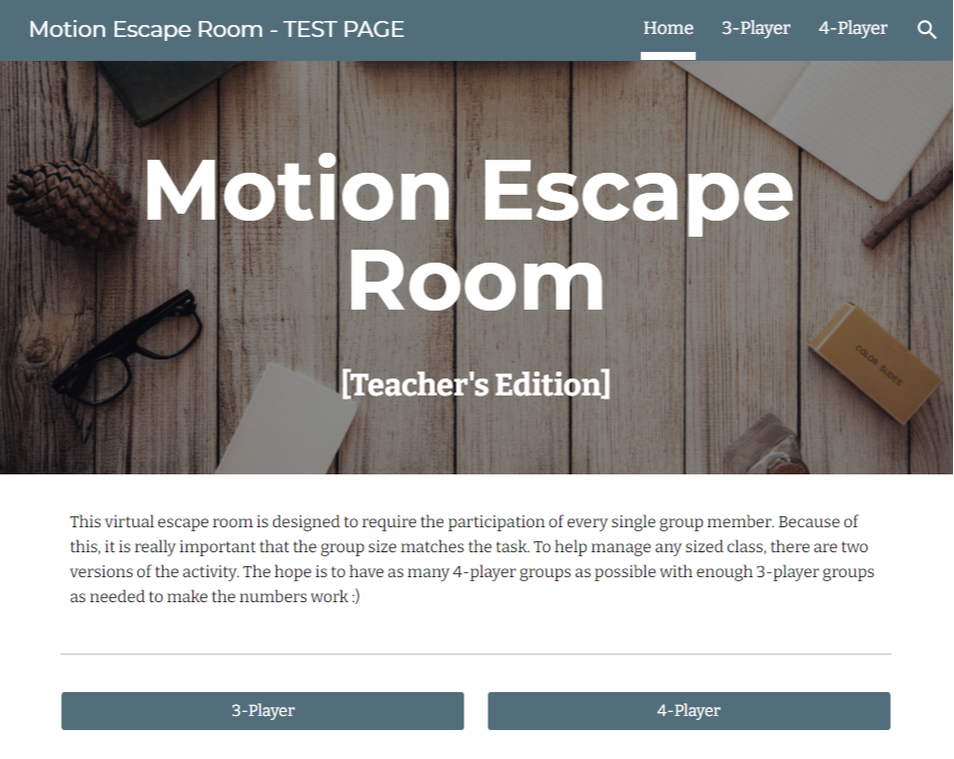

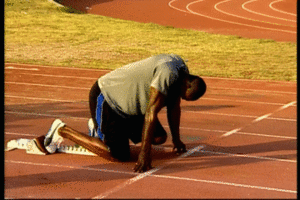

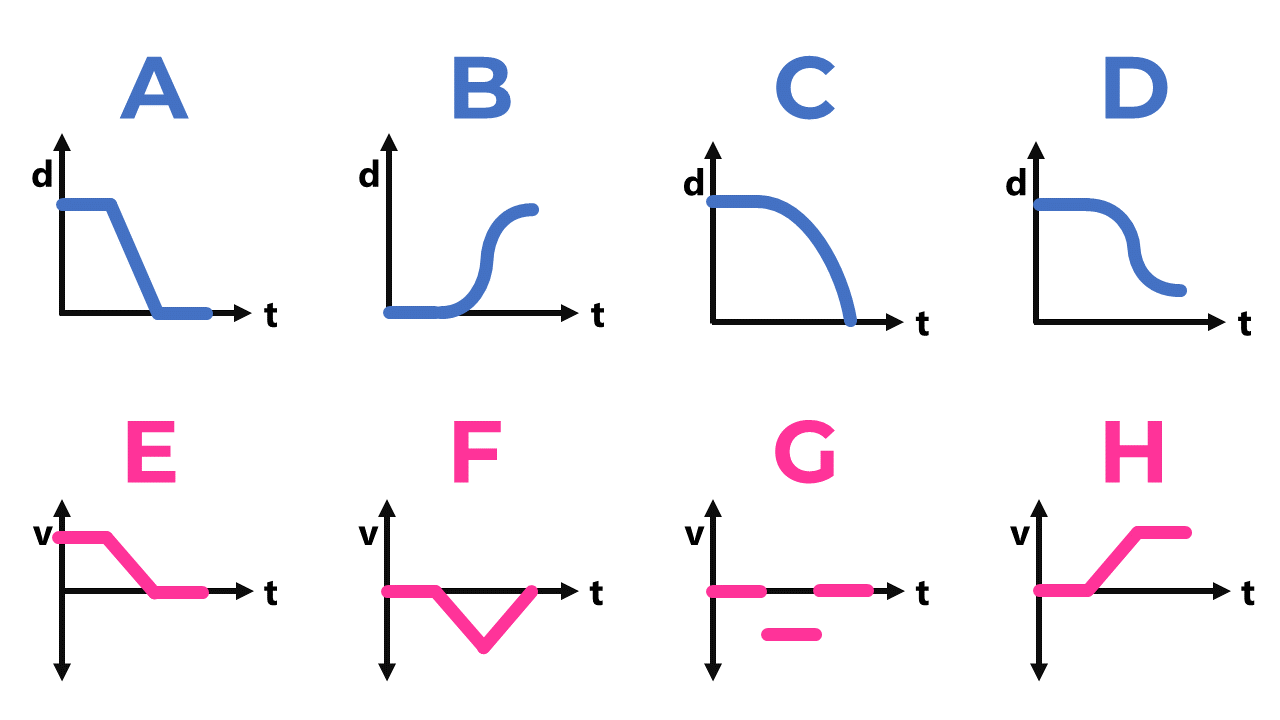
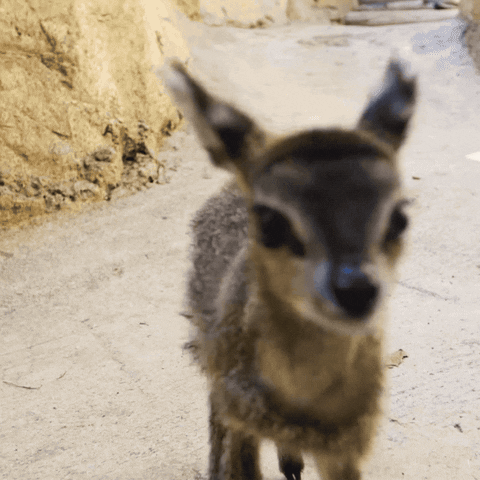







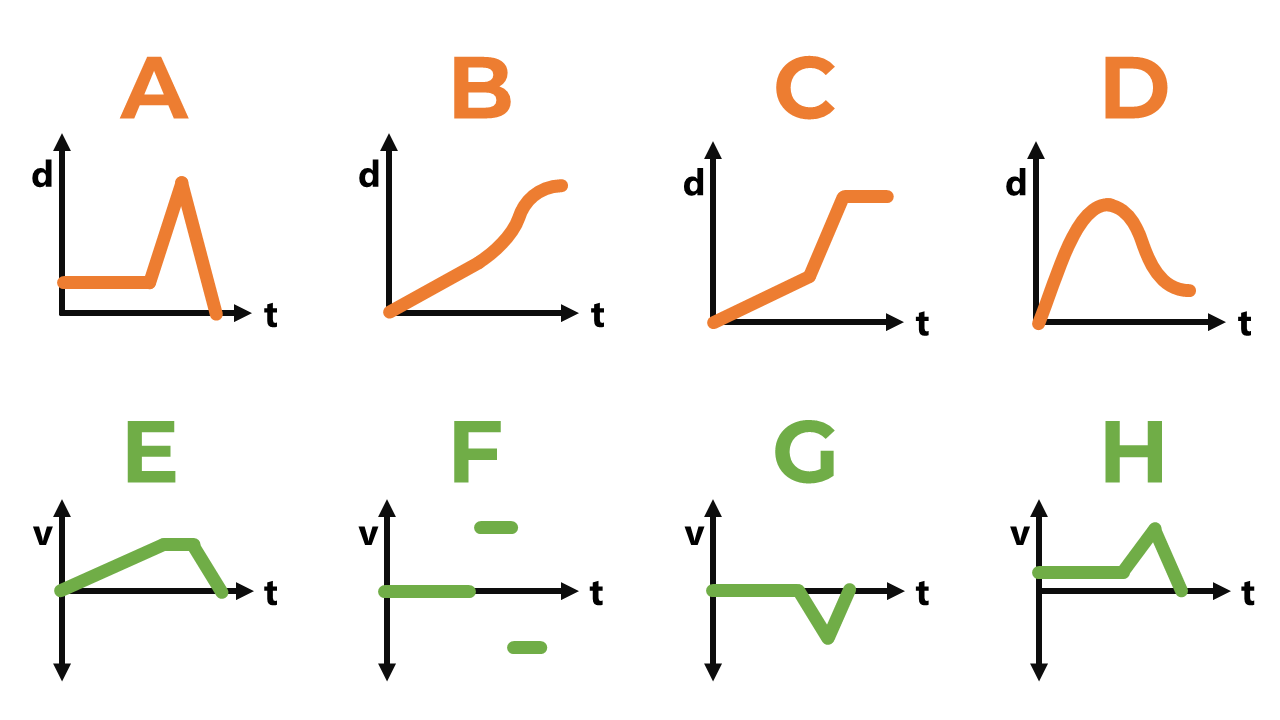
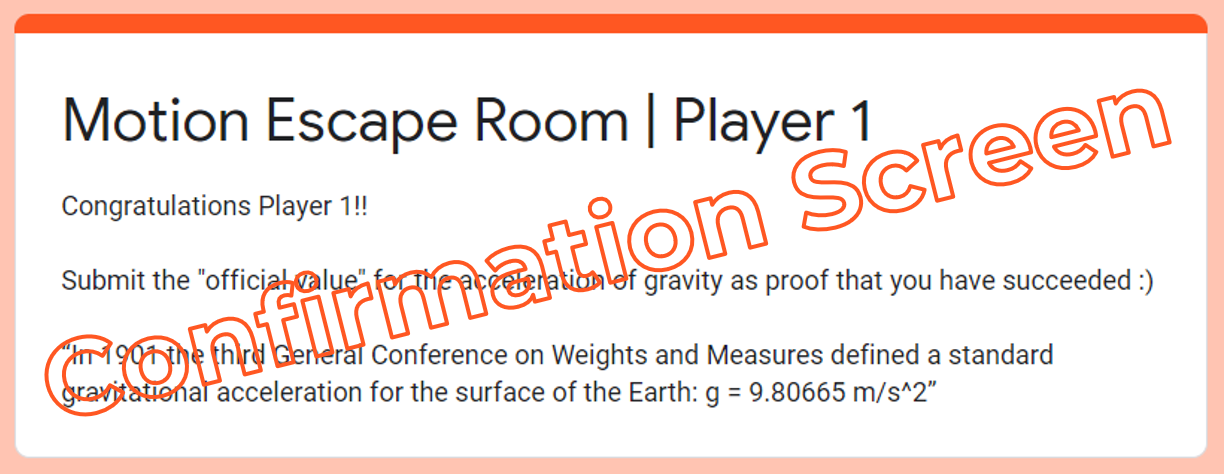
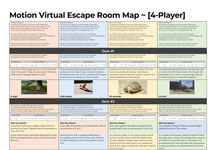
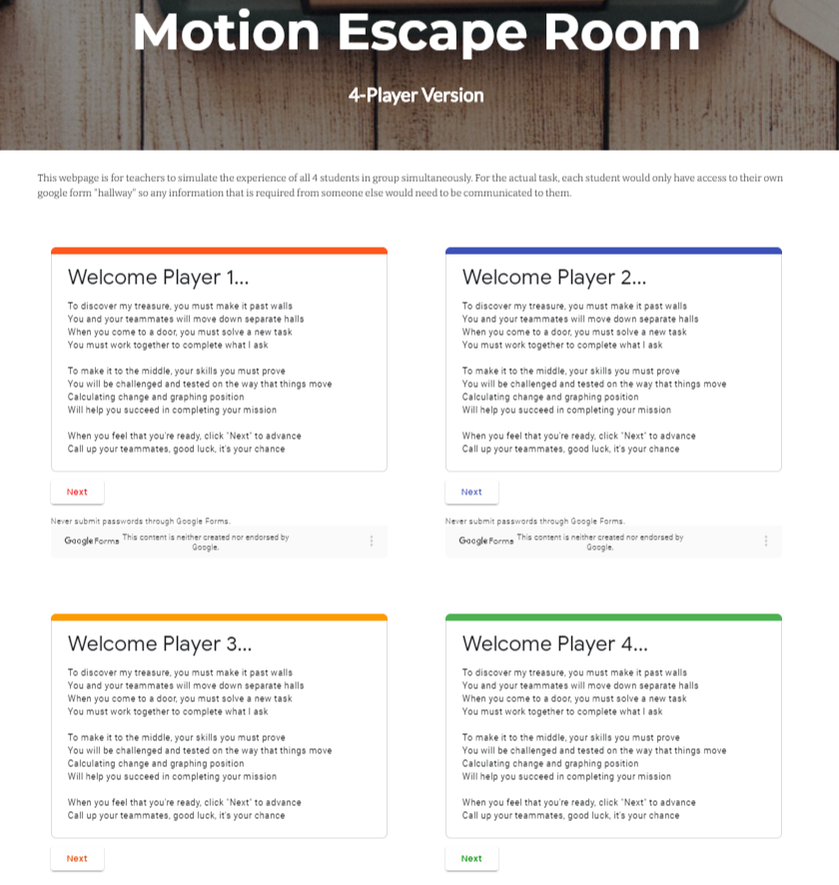

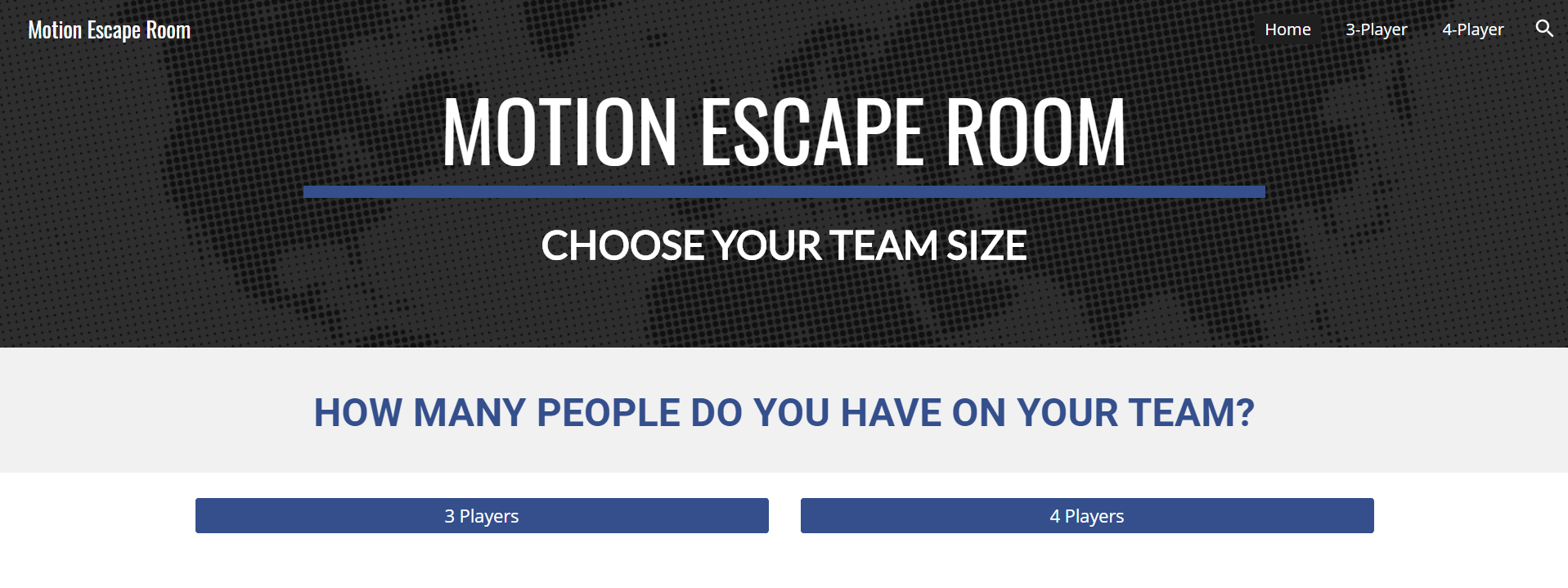

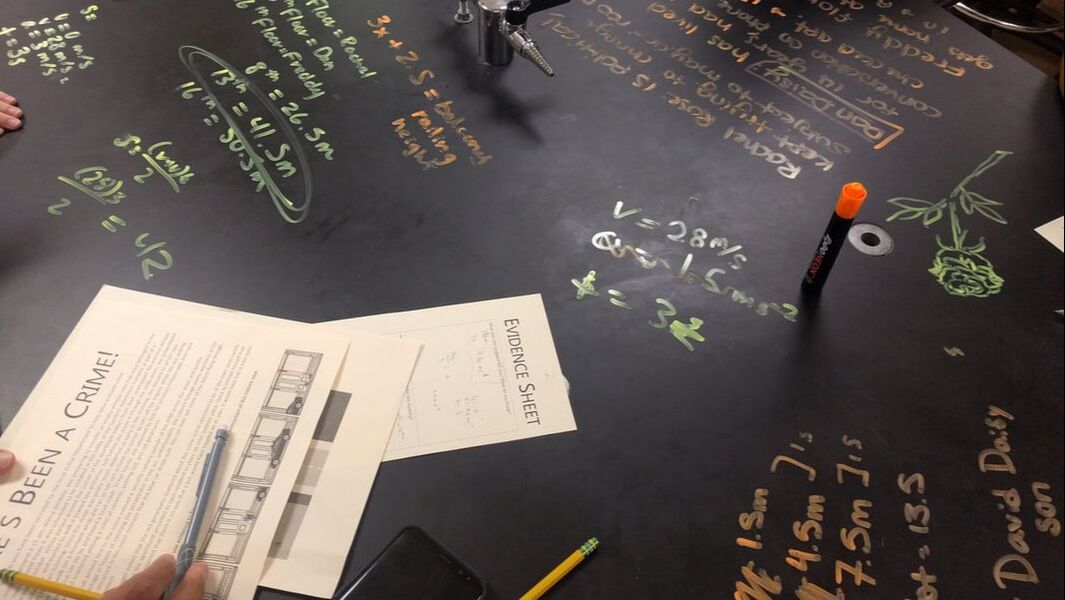
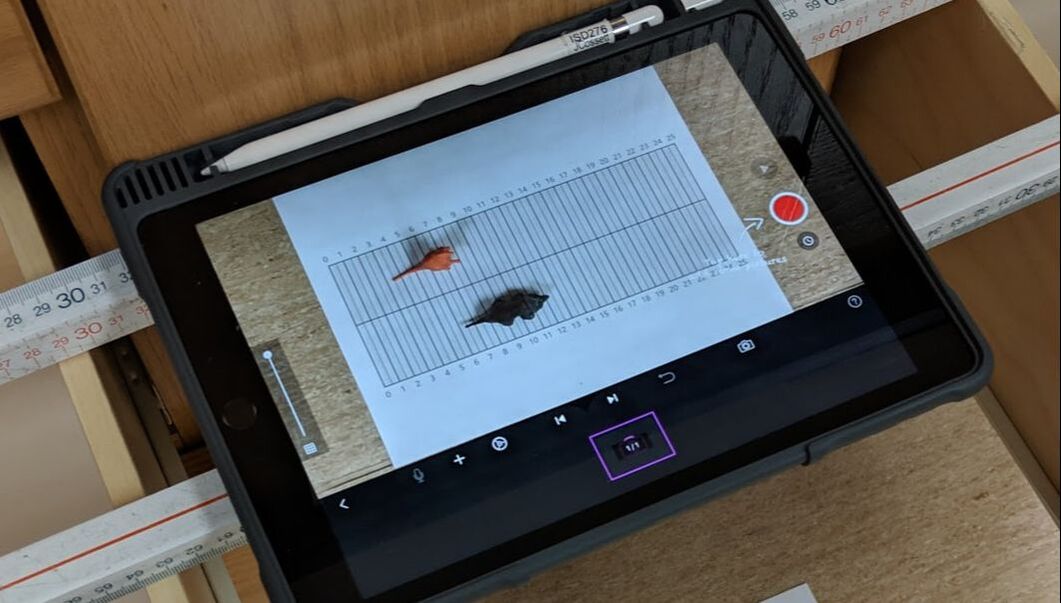


 RSS Feed
RSS Feed

